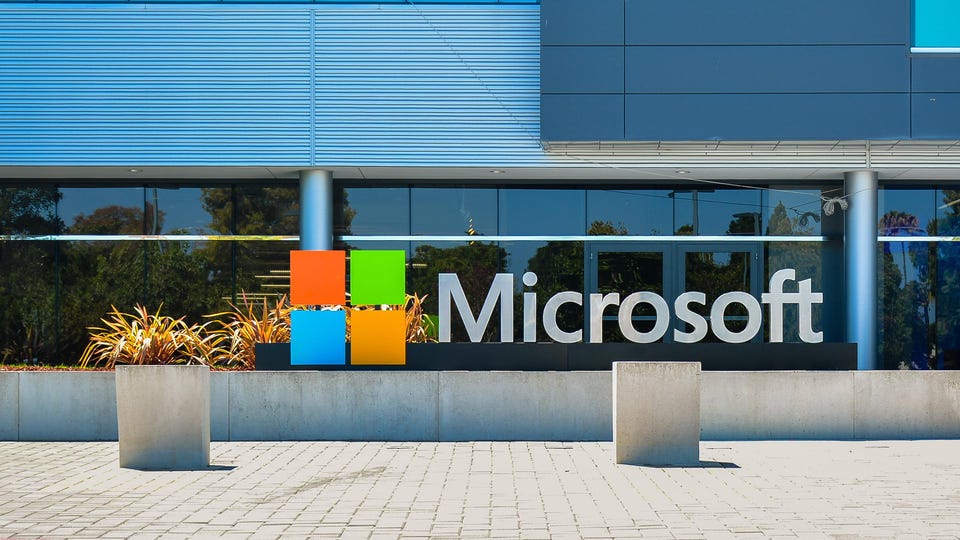Between the scarcity of trained physicians, nursing staff shortages, and general attrition amongst healthcare workers, securing a doctor’s appointment is not an easy task in the modern day clinical landscape. Indeed, the time value for appointments has never been higher. This piece is exactly what Microsoft’s latest artificial intelligence (AI) tool is trying to address: reducing missed healthcare appointments .
Merav Davidson, Microsoft Vice President of Industry AI, wrote in the Microsoft Industry Blogs: “The annual cost of missed appointments in the healthcare industry is more than $150 billion in the U. S. alone.
Missed appointments not only lead to a decline in patients’ health, but the economic effects of patient no shows significantly affect clinic operations and fixed cost calculations, resulting in overstaffing and unscheduled downtime, ultimately leaving healthcare providers struggling with everyday operations. ” Davidson highlights an important phenomenon. Missed appointments are not only detrimental to the patient, but also to the entire clinical ecosystem.
For example, if a patient does not show up for their allocated slot, that room will now go unused for that time period. In most situations, it cannot just be filled with the next person in queue, given that it is an appointment based service, and the next person likely will not arrive until their allocated time. Though one or two missed appointment slots may be negligible, when viewed in a holistic perspective, this unused time costs the system billions of dollars annually.
More importantly, perhaps, is the fact that a wasted appointment is a missed opportunity for someone else that really needed to see a physician but was not able to get in. Given that current wait-lists for primary care physicians entail months-long wait times nationally, this is a very real problem. Microsoft’s tool is embedded into its robust Cloud for Healthcare platform and has an easy learning curve: “The model is easily deployable and can be trained within just two hours, leaving the healthcare provider ready to use the solution within just one day.
This offering benefits both clinicians and patients. With a user-friendly and familiar interface, missed appointments prediction empowers office staff and clinicians to predict patient no-shows without data science training or staffing. ” Davidson further explains that “Various kinds of input data has been found to be significant in predicting missed appointments in the healthcare domain.
Demographics, historic patterns, social determinants, and appointment data such as type and time of day are input examples that care teams can use to train the model. ” The intricacies behind the software have been explained in detail by Microsoft, which also insists that “The model isn’t pre-trained and will need to be trained by the user of a healthcare provider. ” Notably, clinics and outpatient settings are not the only places this tool could potentially benefit.
There may eventually be a significant role for this software in nearly all clinical settings, ranging from the emergency department to inpatient care situations. Indeed, although this AI engine likely needs more work and testing before its full potential can be fully realized, the concept is promising with regards to using data and objective metrics to improve clincal outcomes. .
From: forbes
URL: https://www.forbes.com/sites/saibala/2022/09/30/microsofts-latest-ai-tool-can-predict-missed-doctors-appointments/



